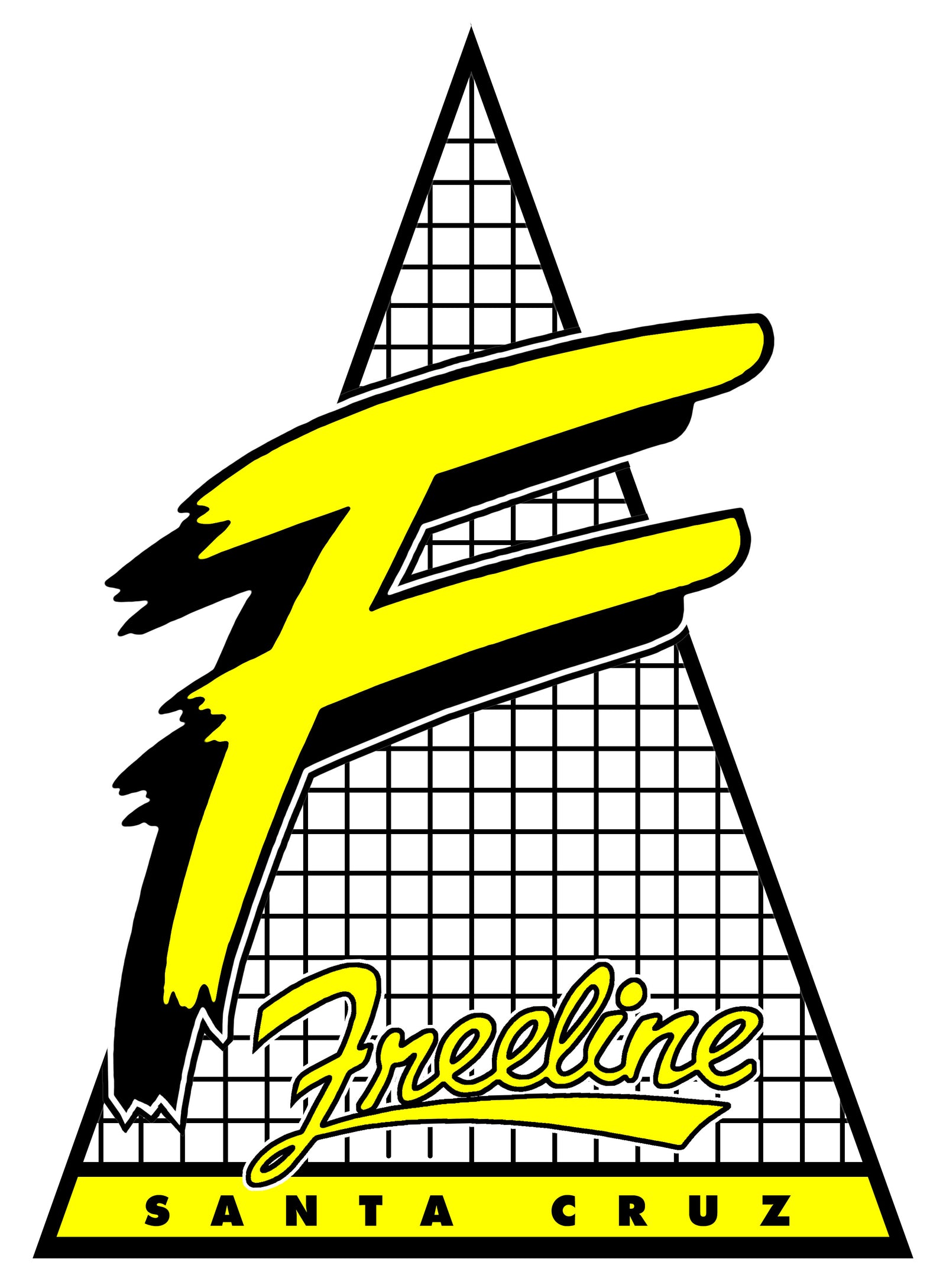With the Airlift vest, Quiksilver wants to help you survive your next surfing wipe-out. In collaboration with Scuba equipment experts Aqua Lung, they’ve built an inflatable bladder into a neoprene shirt, similar to a wetsuit top. Pull one of four tabs on the front and a CO2 canister will inflate the bladder and propel you to the surface. It’s just like a parachute for surfing.
We recently had the chance to take the Quiksilver Airlift surfing in California. We also caught up with big-wave surfer Peter Mel and paid a visit to Aqua Lung to learn more about how the Airlift is made. “The Airlift will soon become the norm for all big wave surfers,” says Mel. “And it could even become something the recreational surfer could wear for safety.”
To build the Airlift, Quiksilver starts with a 2mm-thick neoprene short-sleeved top. We wore it over a 4/3mm wetsuit in California, but it could be worn alone in warmer climates. We chose to size up to large from our usual men’s medium wetsuit size.
On land, we felt a little like the Michelin Man in our multiple layers of neoprene, but once in the water, the Airlift felt unobtrusive. The high-quality neoprene Quiksilver sourced for the Airlift is flexible and lightweight. We had no problem paddling while wearing it.
An air bladder constructed from eurothane-coated nylon fabric forms the guts of the Airlift. In designing the bladder, Aqua Lung drew on their experience with Buoyancy Compensators, which allow Scuba divers to control their water depth precisely. The seams on the bladder are heat-welded and engineers at Aqua Lung subjected the bladder’s prototypes to an intensive array of stresses including burst testing.
The bladder inflates either manually or by activating one of four CO2 cartridges. The manual inflation valve is tucked into the neckline of the Airlift. We used it to check the bladder for leaks before heading for the water. We also found it helpful to inflate the bladder slightly before wearing to ensure that the Airlift’s internal hardware is lined up correctly. A quick yank on the pull cord located near the right hip of the Airlift expels the air completely.
Quiksilver recommends trying out the Airlift in calm water before using it for surfing. Wearing a pair of fins, we swam out on a flat day at a local beach. We dove down to approximately ten feet and pulled the tab to activate one of the CO2 cartridges. Immediately the bladder filled with air and we rocketed to the surface. For our test, we used 28-gram cartridges, but the Airlift will also accommodate a bigger 38-gram size for use in deeper water or for larger surfers. It’s also possible to pull more than one inflation tab at a time for extra lift.
The Airlift’s bright color attracted plenty of attention when we paddled out at one of our local breaks. Initially we noticed the additional weight of the Airlift as we cruised the line-up. Once we got down to the business of catching waves, we mostly forgot we were wearing it except for the inevitable questions from friends in the line-up. We had no problem surfing head-high waves on our usual 26-liter shortboard.
The front of the Airlift is designed to remain flat when inflated. This makes it possible to paddle a board without releasing the air. We felt like a Ninja Turtle paddling with the Airlift inflated, but the full bladder stayed out of the way and allowed a full range of motion. The Airlift deflates fast enough to duck dive easily, too.
Among the surfing community, there’s been some debate about whether technology such as the Airlift will lead surfers to situations beyond their skill level. The Airlift offers the insurance policy of a quick trip to the water’s surface. But it won’t swim to the beach for you or get you out of the dreaded impact zone. You’ll have to figure that out on your own.
We’d use the Airlift to attack a session in bigger surf or hit a new break. But we didn’t suddenly acquire surfing super-powers or start jonesing to paddle out at Mavericks, the fearsome big-wave spot outside Half Moon Bay, California. Thanks to the risks involved, surfing necessarily requires a step-by-step progression.
“It would be really irresponsible for a climber who has never spent any time training to climb Everest,” says Mel. “You would climb smaller mountains to learn the dangers and how to deal with them.”
Surfing is much the same. We ride small waves to prepare to ride bigger ones. This also means more milestones to celebrate along the way, which is an approach we can definitely get behind. “You’ll have much more fun when you can keep building up to the ‘Biggest Wave of My Life,” says Mel.
Follow link to Mens Journal
http://www.mensjournal.com/gear/articles/how-quiksilver-is-making-surfing-safer-w513096





